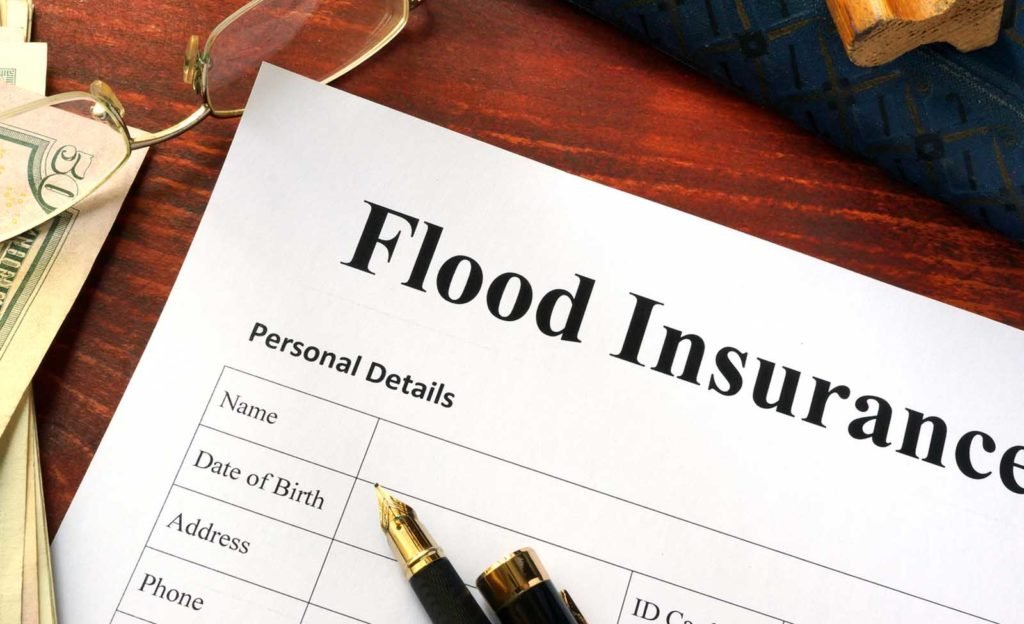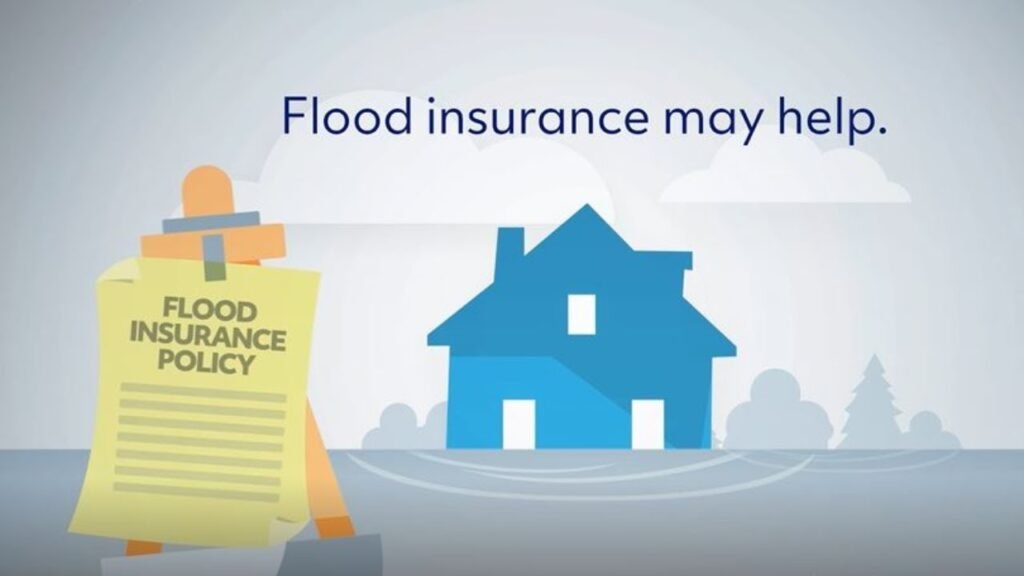Flood Insurance Requirements: Who Needs It and Why
Don’t Get Soaked! Flood Insurance in the USA: A Comprehensive Guide
Flooding is one of the most common and costly natural disasters in the United States. It can strike anywhere, anytime – even seemingly safe areas far from rivers or oceans. While most homeowners insurance policies exclude flood damage, flood insurance offers a vital lifeline for property owners. This blog delves into the world of flood insurance in the USA, explaining its importance, available coverage options, and how to obtain it.
Why Flood Insurance is Necessary, Even Outside High-Risk Zones
Many people mistakenly believe flood insurance is only necessary for those living in high-risk flood zones. This misconception can lead to financial devastation when unexpected flooding occurs. Here’s why flood insurance is crucial, even for seemingly low-risk areas:
- Flash Floods: Heavy rains or rapid snowmelt can cause flash floods that rise quickly and cause significant damage in areas not designated as high-risk.
- Sewer Backups: Clogged drains or overwhelmed sewer systems can cause flooding in basements and lower levels, regardless of location.
- Storm Surge: Coastal areas might not be directly in a flood zone, but storm surge from hurricanes or tropical storms can cause flooding even miles inland.
- Peace of Mind: Even a minor flood event can cause significant financial strain. Flood insurance provides peace of mind, knowing you’re financially protected from unexpected flooding.
According to the Federal Emergency Management Agency (FEMA), just one inch of floodwater can cause up to $25,000 in damage. Studies by the National Flood Insurance Program (NFIP) show that most flood insurance claims come from moderate- to low-risk areas, highlighting the unpredictability of flooding.
Different Types of Flood Insurance Coverage
The NFIP, managed by FEMA, offers two primary types of flood insurance coverage:
- Building Coverage: This covers the structure of your home, including the foundation, walls, and attached elements like garages. It helps pay for repairs or replacement costs if floodwaters damage your home. Coverage limits typically range from $250,000 to $300,000.
- Contents Coverage: This protects your personal belongings within the home, such as furniture, appliances, electronics, and clothing. Coverage limits usually range from $100,000 to $200,000.

Additional Coverage Options:
- Excess Flood Coverage: If your home is in a high-risk flood zone or has a high value, the standard building coverage limits might not be sufficient. Excess flood coverage can be purchased from private insurers to supplement your NFIP policy.
- Flood Insurance for Businesses: The NFIP also offers flood insurance for businesses of all sizes. Coverage can include building and contents, with separate policy limits for each.
Private Flood Insurance:
Apart from the NFIP, some private insurers offer flood insurance policies. These policies can be more flexible and offer different coverage options, such as:
- Higher Coverage Limits: For high-value homes or businesses, private insurers might offer coverage exceeding the NFIP limits.
- Additional Coverage: Some private policies might cover additional items not included in standard NFIP policies, like business interruption or debris removal.
Important Considerations:
- Flood Insurance is Separate: Flood insurance is a separate policy from your standard homeowners or renters insurance. You need to purchase it specifically.
- Waiting Period: There is typically a 30-day waiting period between purchasing a flood insurance policy and when coverage becomes effective.
Obtaining Flood Insurance Coverage
There are two primary ways to obtain flood insurance coverage:
- Through Your Insurance Agent: Most homeowners insurance agents can also help you purchase flood insurance. They can guide you through the application process, determine your risk level, and recommend the appropriate coverage amount.
- NFIP Direct: You can also apply for and manage your flood insurance policy directly through the NFIP website https://www.floodsmart.gov/.
Before Obtaining Coverage:
- Understand Your Flood Risk: Assess your flood risk by reviewing flood maps (https://www.fema.gov/flood-maps) and talking to your local community flood plain manager.
- Determine Your Needs: Evaluate the value of your property and belongings to determine the appropriate coverage amount.
- Compare Options: If considering private flood insurance, compare coverage and pricing with the NFIP to find the best fit for your needs.
Resources for Understanding Flood Risk and Maps
- FloodSmart.gov: This FEMA website is a one-stop shop for all things flood insurance. It provides information on flood risks, flood maps, purchasing insurance, and mitigation tips https://www.floodsmart.gov/.
Don’t Get Soaked! Flood Insurance in the USA: A Comprehensive Guide (Continued)
In the previous section, we discussed the importance of flood insurance and the different types of coverage available. Now, let’s delve deeper into resources that can help you understand your flood risk and navigate flood maps.
Understanding Flood Maps
FEMA creates and maintains Flood Insurance Rate Maps (FIRMs), which identify flood zones and associated flood risks. Understanding these maps is crucial for determining your flood insurance needs and cost. Here’s a breakdown of key elements:
- Flood Zones: FIRMs categorize areas into different flood zones based on their flood risk. Here are the main zones:
- High-Risk Zones (Special Flood Hazard Areas): These zones, designated as A (including subzones like AE and AH) or V, have the highest risk of flooding. FEMA mandates flood insurance for federally backed mortgages in these zones.
- Moderate- to Low-Risk Zones: These zones, designated as B, C, and X, have a lower flood risk than high-risk zones. However, flooding can still occur in these areas, and flood insurance is highly recommended.
- Undetermined Risk Zones (Zone X): These zones have not yet been comprehensively studied for flood risk. While considered lower risk, flooding is still possible. FEMA recommends consulting with your community or a floodplain manager for a more precise assessment.
- Base Flood Elevation (BFE): FIRMs also depict the Base Flood Elevation (BFE), which is the predicted elevation of floodwater during a 1% annual chance flood event (also known as the “100-year flood”). Knowing the BFE helps determine how high floodwater might reach on your property.
Accessing and Understanding Flood Maps:
- Flood Map Service Center: The FEMA Map Service Center allows you to search for and view FIRMs for your specific location https://msc.fema.gov/portal/search.
- Local Resources: Your local community flood plain manager can provide valuable insights into your specific flood risk and explain the FIRMs for your area.

Additional Resources for Flood Preparedness
- National Flood Insurance Program (NFIP): The NFIP website offers a wealth of information on flood insurance, including resources for understanding flood risks, buying flood insurance, and mitigating potential flood damage https://www.floodsmart.gov/.
- Ready.gov: This FEMA website provides comprehensive preparedness information for various disasters, including floods. It offers tips on creating a flood plan, assembling an emergency kit, and staying safe during a flood event https://www.ready.gov/floods.
- Flood Mitigation Assistance Grants: FEMA offers grant programs to assist communities and homeowners in reducing flood risks through mitigation measures [[invalid URL removed]].
Taking Action: Protecting Yourself from Floods
By understanding your flood risk, exploring flood maps, and considering flood insurance options, you can take proactive steps to protect yourself financially from the devastating effects of flooding. Remember, even seemingly low-risk areas can experience flooding. Don’t wait until disaster strikes to secure your property – take action today and ensure you’re prepared for the unexpected.
Additional Considerations:
- Flood Mitigation Measures: Investing in flood mitigation measures like flood vents, elevation of utilities, or flood barriers can help reduce your flood risk and potentially lower your flood insurance premiums.
- Elevation Certificates: If your home is located in a flood zone but appears to be elevated above the BFE, you can obtain an elevation certificate from a licensed surveyor. This might reclassify your flood zone and potentially reduce your flood insurance cost.